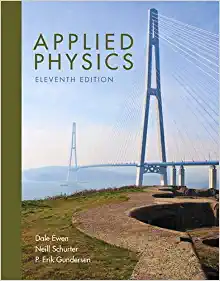Answered step by step
Verified Expert Solution
Question
1 Approved Answer
Simulation in R. Kernel density estimates with simulation based 95% confidence bands, applied to earthquake magnitudes and locations. 1a) Gather data on all earthquakes of
Simulation in R. Kernel density estimates with simulation based 95% confidence bands, applied to earthquake magnitudes and locations. 1a) Gather data on all earthquakes of magnitude at least 4.0 in the longitude range -118.0 to -117.0 and latitude range 34.0 to 35.0, from Jan 1, 1965 to Oct10, 2023, from https://service.scedc.caltech.edu/eq-catalogs/date_mag_loc.php. Input the data into R. (Use minimum magnitude = 4.0, maximum magnitude = 9.0, min depth = 0, max depth = 100km, Southern latitude 34, Northern latitude 35, West longitude -118, East longitude -117, event type = earthquake, geographic type=local.) You will have to input "01" for January and "01" for the day as well. You should have 35 events. 1b) Take the vector of earthquake magnitudes, and use it to make a kernel density estimate of earthquake magnitudes, using a Gaussian kernel with bandwidth selected using the rule of thumb suggested by Scott (1992). Let {m1, m2, ..., m100} = a vector of 100 equally spaced magnitudes spanning the observed range of magnitudes in your dataset, and plot your kernel density estimates (m1), (m2), ..., (m100). Use these same values m1, m2, ..., m100 for parts 1c) and 1d) below. 1c) Simulate 35 earthquake magnitudes drawn independently from
Step by Step Solution
There are 3 Steps involved in it
Step: 1

Get Instant Access to Expert-Tailored Solutions
See step-by-step solutions with expert insights and AI powered tools for academic success
Step: 2

Step: 3

Ace Your Homework with AI
Get the answers you need in no time with our AI-driven, step-by-step assistance
Get Started


